The mystery of electron pairing in copper oxide materials has long been a central puzzle in the field of high-temperature superconductivity. Unlike conventional superconductors, where phonon-mediated pairing is well understood, cuprates defy simple explanations. Researchers have spent decades probing the unusual behavior of electrons in these materials, yet a consensus on the exact mechanism remains elusive. The stakes are high—unlocking this secret could pave the way for room-temperature superconductors with transformative technological implications.
A departure from BCS theory
When high-temperature superconductivity was first discovered in cuprates in 1986, it shattered the existing framework. The Bardeen-Cooper-Schrieffer (BCS) theory, which beautifully explained superconductivity in conventional materials, failed to account for the critical temperatures far above what phonon interactions could support. In copper oxides, electrons form pairs at temperatures up to 138 K (-135°C)—unthinkable in traditional superconductors. This anomaly forced physicists to reconsider fundamental assumptions about how electrons interact in strongly correlated systems.
The crystal structure of cuprates provides crucial clues. These materials consist of stacked copper-oxide planes, with the superconductivity primarily occurring within these two-dimensional sheets. When doped with charge carriers, the antiferromagnetic insulating parent compounds suddenly become superconducting. This sharp transition suggests an intimate connection between magnetism and superconductivity—a relationship absent in conventional superconductors.
The pseudogap enigma
One of the most perplexing features of cuprates is the pseudogap phase that precedes superconductivity. Above the critical temperature but below a characteristic temperature T*, these materials exhibit a partial gap in the electronic density of states. Some researchers interpret this as preformed electron pairs waiting to condense into a superconducting state, while others argue it represents competing order parameters. The pseudogap regime remains a battleground for competing theories, with experimental evidence supporting various interpretations.
Angle-resolved photoemission spectroscopy (ARPES) has revealed intricate details about this mysterious phase. The Fermi surface—normally a continuous contour in metals—develops "arcs" in the pseudogap state. These arcs may represent surviving metallic regions amidst a gapped background, or perhaps evidence of more exotic quantum behavior. Recent experiments showing momentum-dependent gap variations have further complicated the picture, suggesting the pseudogap might not be a single phenomenon but multiple intertwined effects.
Spin fluctuations versus charge order
The debate over pairing glue in cuprates often centers on two main candidates: spin fluctuations and charge density waves. Neutron scattering experiments have observed magnetic excitations that persist into the superconducting state, with a characteristic "resonance peak" appearing at a specific energy. Proponents of spin-mediated pairing argue these magnetic modes provide the attractive interaction binding electrons into Cooper pairs.
However, advanced X-ray techniques have uncovered competing charge order in many cuprate families. This spatially modulated electron density appears to compete with superconductivity, raising questions about whether it assists or hinders pairing. Some theories suggest a delicate balance—where the same interactions that create charge order might also contribute to pairing under different conditions. The discovery of charge order even in the most famous cuprate, YBCO, has forced a reevaluation of many theoretical models.
Unconventional symmetry: the d-wave puzzle
The symmetry of the superconducting gap provides critical information about the pairing mechanism. While conventional superconductors exhibit s-wave symmetry (uniform gap around the Fermi surface), cuprates show clear d-wave characteristics—the gap changes sign between different momentum directions. This nodal structure, verified by phase-sensitive experiments, implies an unconventional pairing interaction with strong directional dependence.
This d-wave signature supports theories involving antiferromagnetic spin fluctuations, as such interactions naturally lead to sign-changing order parameters. However, the situation may be more complex—some experiments suggest the gap symmetry might evolve from d-wave at optimal doping to more isotropic forms in overdoped materials. This doping dependence hints at possible changes in the pairing mechanism across the phase diagram.
The strange metal connection
At temperatures above the pseudogap regime, cuprates enter a "strange metal" phase with highly anomalous properties. The electrical resistivity varies linearly with temperature—a stark contrast to the quadratic dependence in ordinary metals. This behavior, persisting over wide temperature ranges, suggests the presence of strong quantum fluctuations that conventional Fermi liquid theory cannot explain.
Some theorists propose that this strange metal regime holds the key to understanding pairing. The breakdown of quasiparticles in this phase might indicate the existence of more exotic quantum entities that eventually form superconducting pairs. The observation of Planckian dissipation—where scattering rates approach fundamental quantum limits—has inspired new ideas about quantum criticality and its possible role in enhancing superconductivity.
New experimental frontiers
Recent advances in experimental techniques are providing fresh insights into the pairing mystery. Ultrafast spectroscopies can now track electron dynamics on timescales shorter than pairing interactions, potentially capturing the pairing process itself. Meanwhile, scanning tunneling microscopy at atomic resolution reveals variations in the pairing gap at nanometer scales, suggesting an intimate connection between local lattice distortions and superconductivity.
Quantum oscillation measurements in high magnetic fields have uncovered evidence for a Fermi surface reconstruction in the pseudogap phase. These findings support scenarios where some form of order parameter develops before superconductivity emerges. At the same time, improved crystal growth techniques allow studies of exceptionally clean samples, reducing disorder effects that previously obscured intrinsic properties.
Theoretical crossroads
The theoretical landscape remains divided between several competing frameworks. Strong-coupling approaches emphasize local electron correlations and Hubbard model physics, while other theories focus on emergent phenomena like spin liquids or fluctuating order parameters. The recent discovery of superconductivity in nickelates—cuprate analogs with nickel instead of copper—has provided new comparative data, though whether they share the same mechanism remains unclear.
Some researchers advocate for more radical explanations beyond traditional quasiparticle paradigms. Ideas involving non-Fermi liquids, holographic duality from string theory, or entirely new quantum phases of matter have entered the discussion. What makes cuprates particularly challenging is the apparent need to explain multiple unusual phenomena—the pseudogap, strange metal behavior, and superconductivity—within a unified framework.
As research continues, the electron pairing mystery in cuprates stands as one of the most profound challenges in condensed matter physics. Each new experimental breakthrough seems to deepen the puzzle rather than simplify it, suggesting that the final answer—when it comes—may require conceptual leaps beyond our current understanding of quantum materials. What began as a quest to explain high-temperature superconductivity has evolved into a broader exploration of how electrons organize themselves in strongly interacting systems under competing quantum orders.
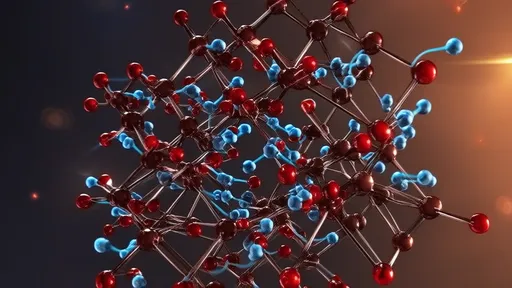
By /Jun 19, 2025
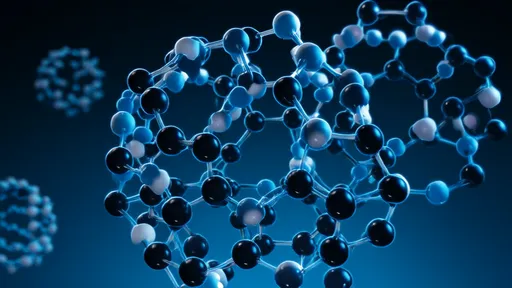
By /Jun 19, 2025
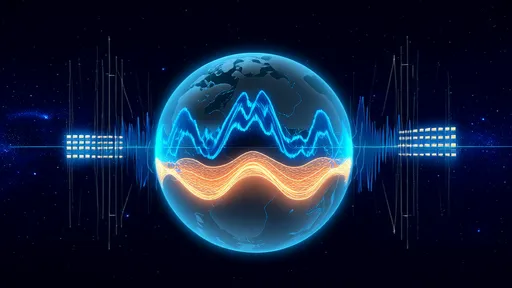
By /Jun 19, 2025
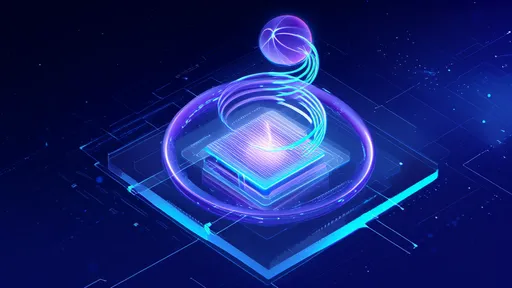
By /Jun 19, 2025
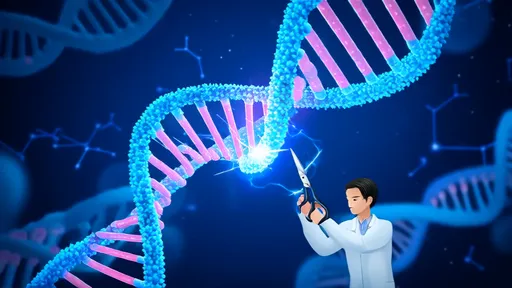
By /Jun 19, 2025
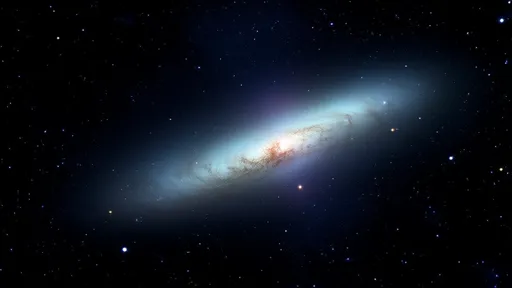
By /Jun 19, 2025
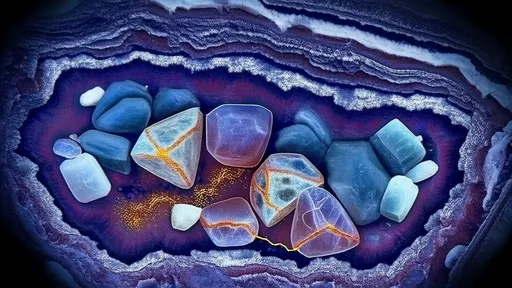
By /Jun 19, 2025
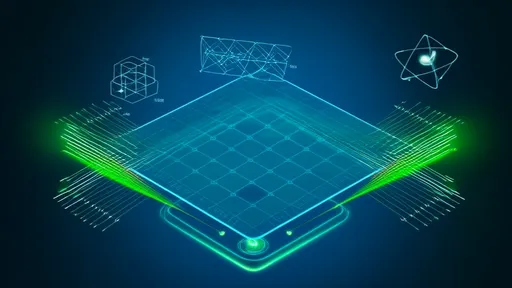
By /Jun 19, 2025

By /Jun 19, 2025
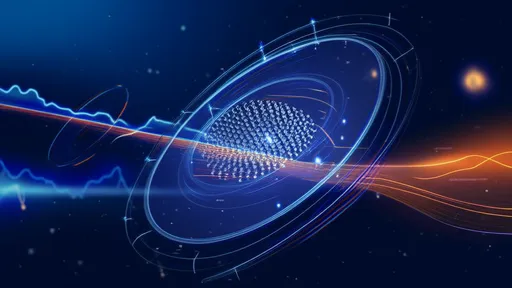
By /Jun 19, 2025
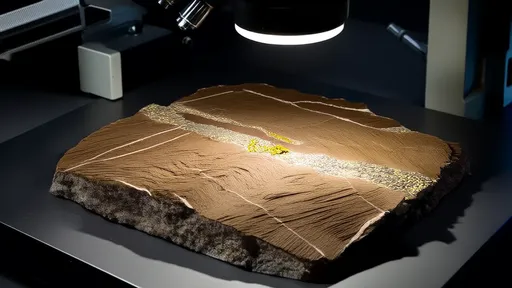
By /Jun 19, 2025
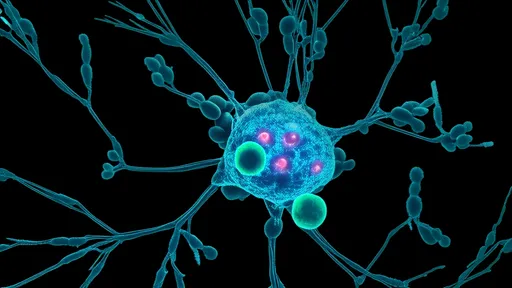
By /Jun 19, 2025
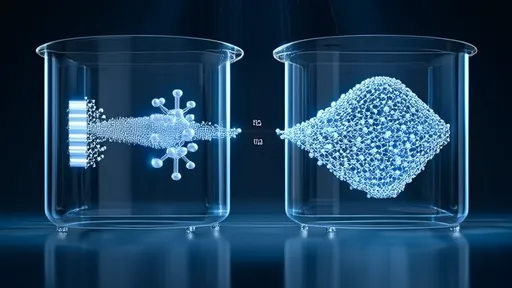
By /Jun 19, 2025
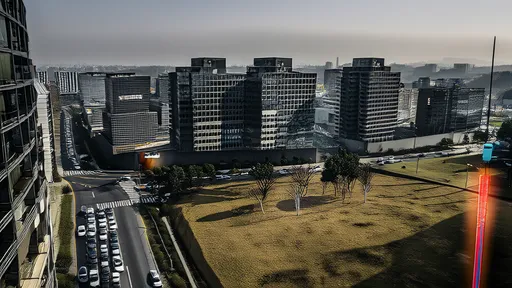
By /Jun 19, 2025

By /Jun 19, 2025
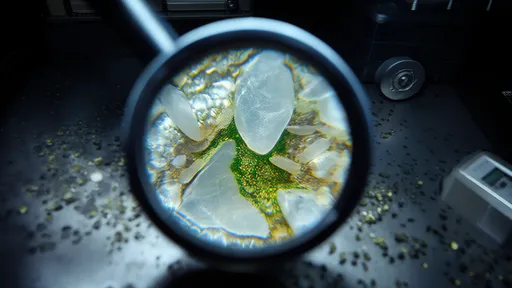
By /Jun 19, 2025
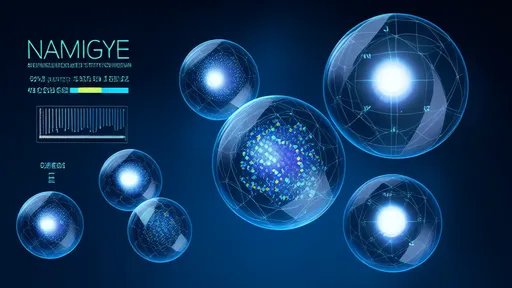
By /Jun 19, 2025